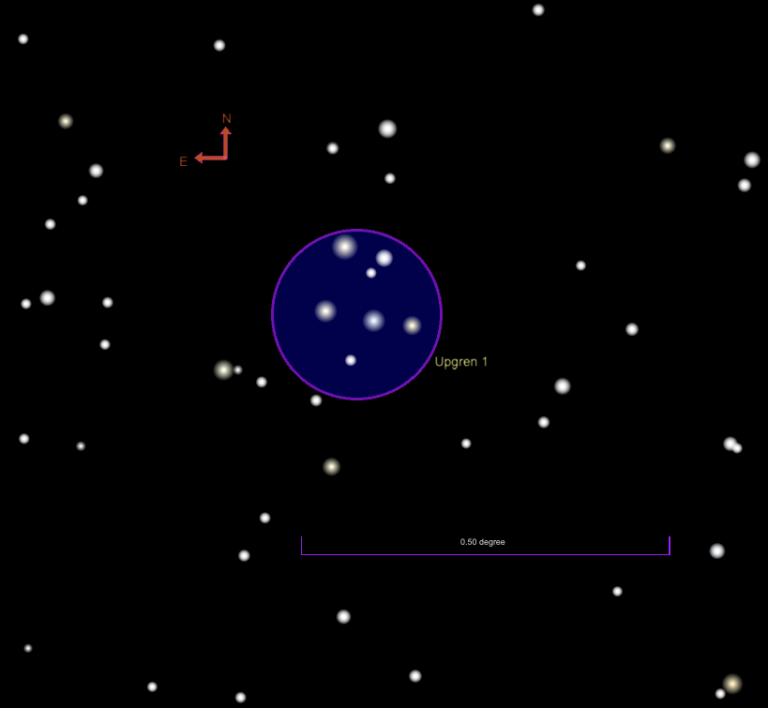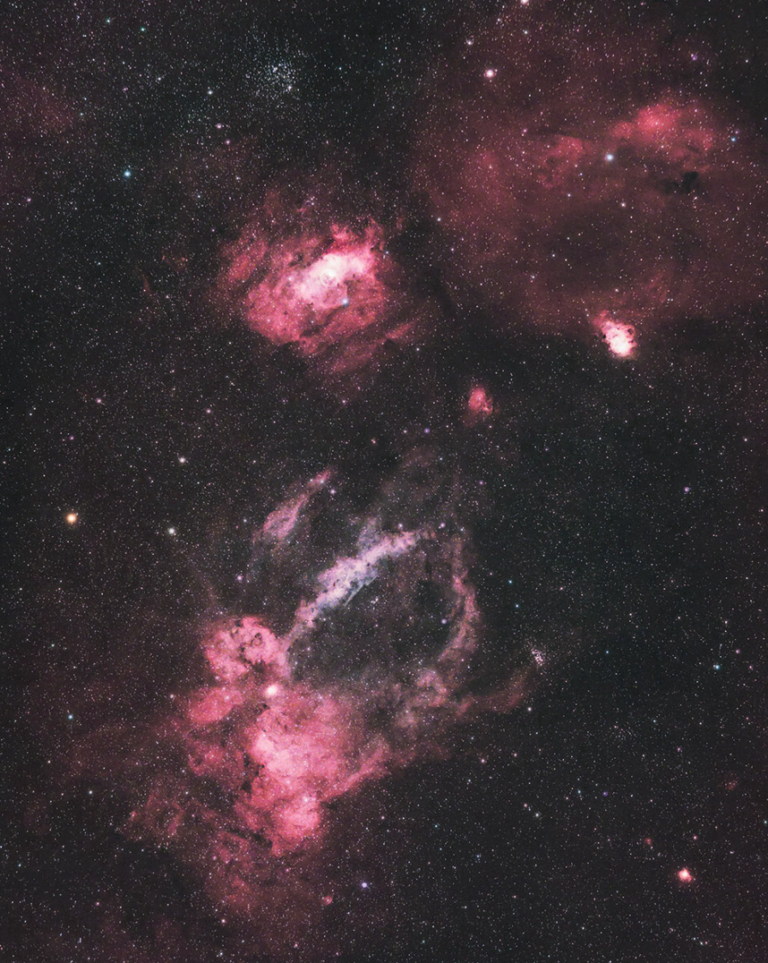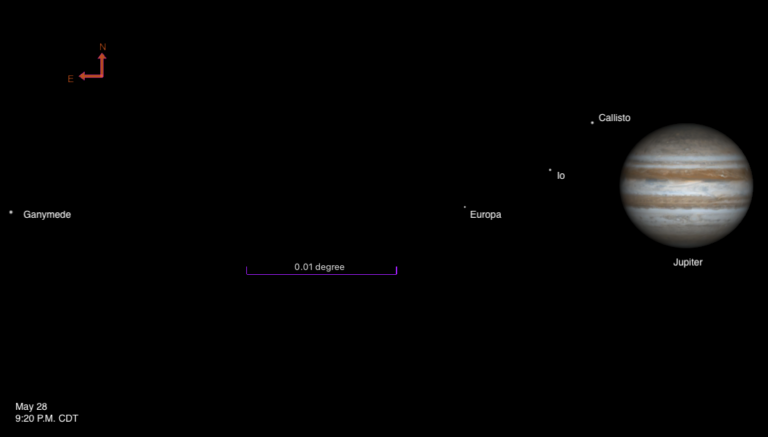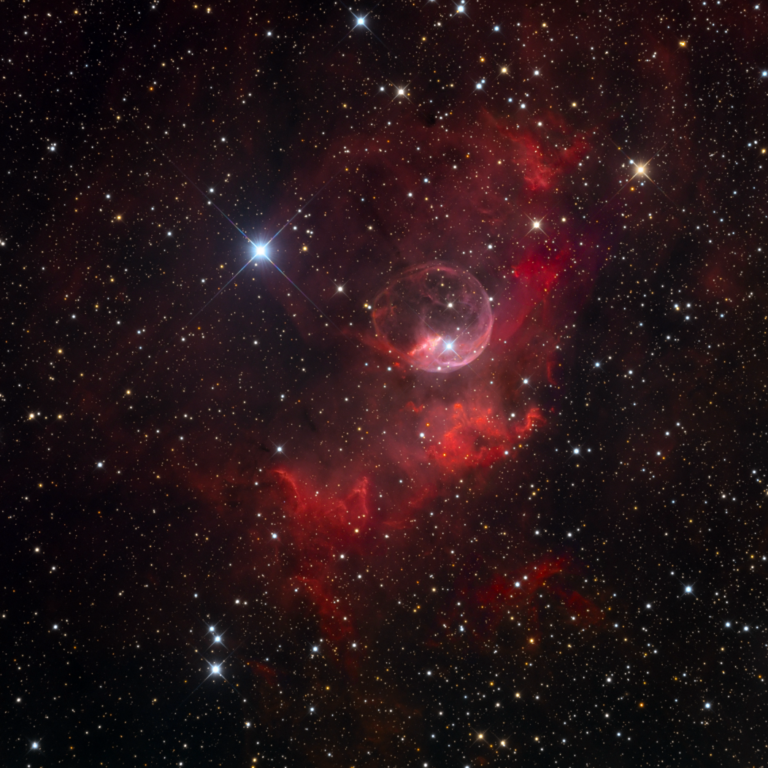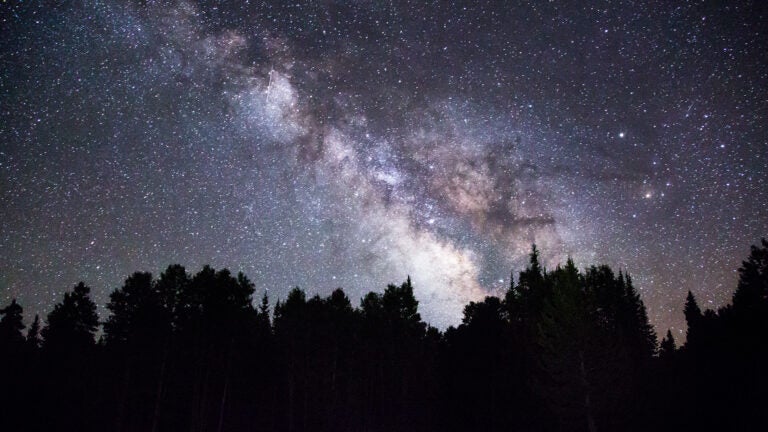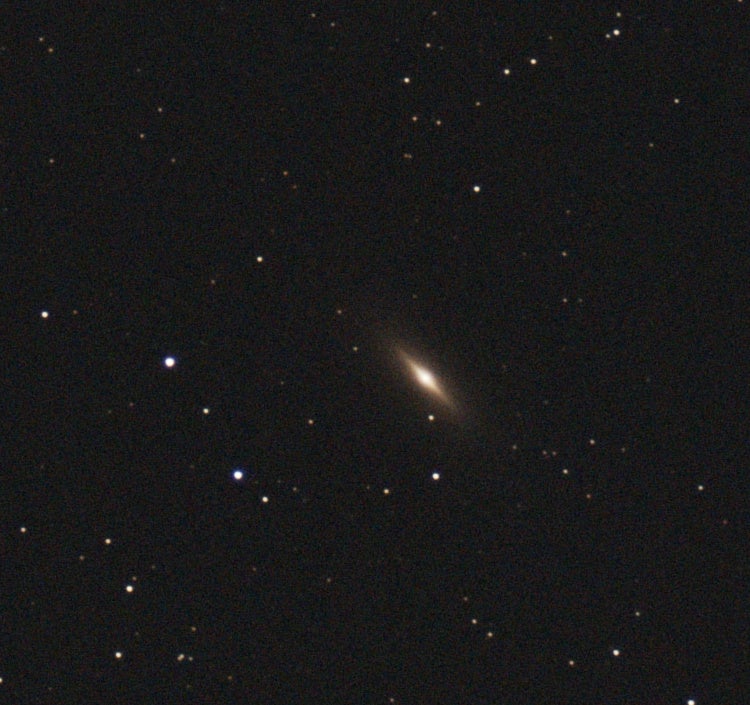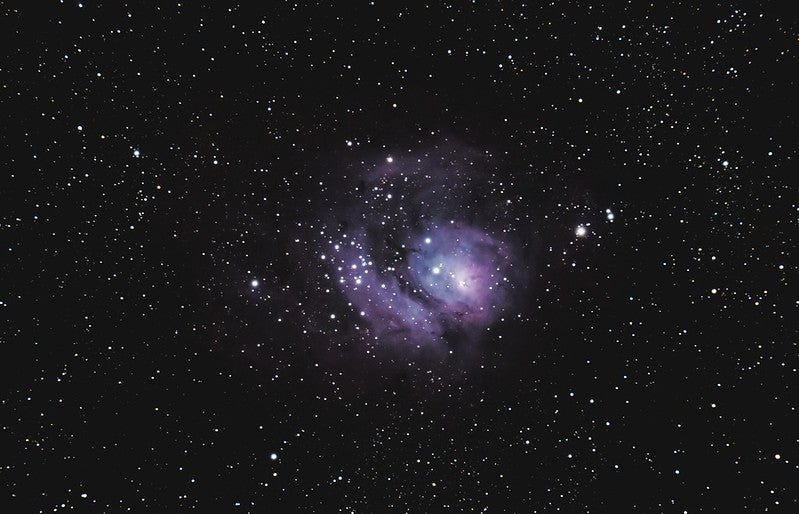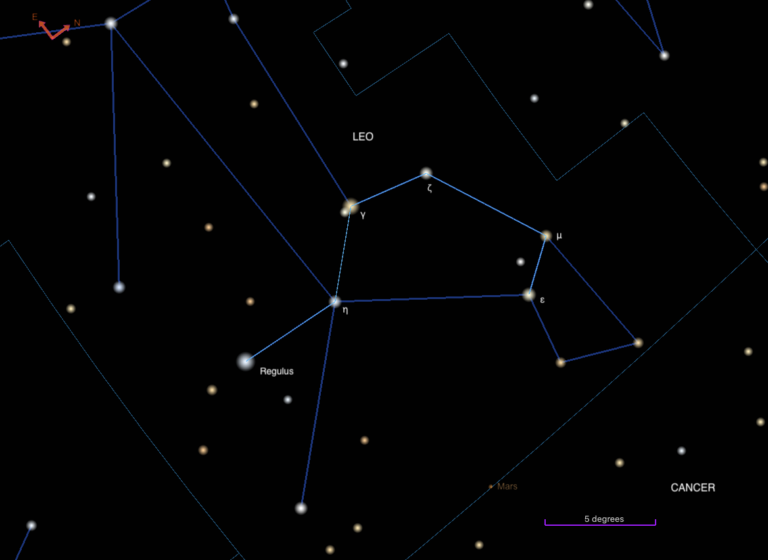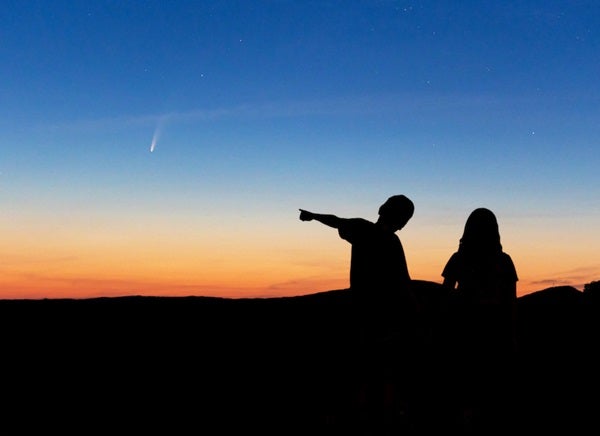
7/8/2020 Update: Our editors recommend trying to catch the comet about two hours before sunrise. Although it will be low (only 1° to 2° above the horizon), the brightening sky before sunrise makes it difficult to catch the comet later, when it is higher in the sky.
2020 has its first naked-eye comet — finally.
This past weekend, skywatchers rejoiced as Comet C/2020 F3 (NEOWISE) sprung into view. It’s the first comet of 2020 to deliver the goods after two previous ones failed to live up their billing.
NEOWISE made its closest pass to the Sun on Friday, July 3, at a distance of 0.29 astronomical units (27 million miles or 43.4 million kilometers) — just a bit closer than Mercury’s average distance from our star. (One astronomical unit, or AU, is the average Earth-Sun distance.)
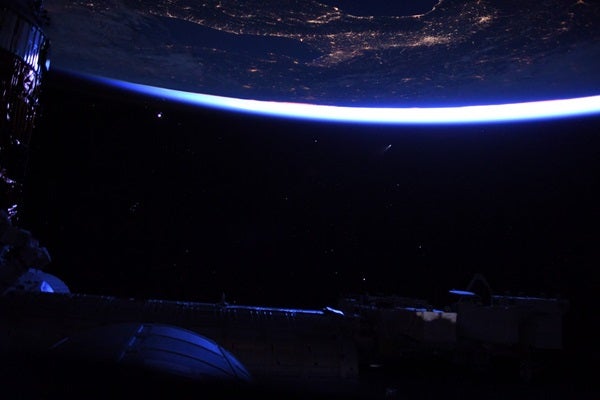
Will NEOWISE get a second act?
NEOWISE is currently in the constellation Auriga, visible for the next few days before dawn in the northeast in the Northern Hemisphere. It’s low on the horizon — only about 10° in the northern U.S. an hour before sunrise, and lower still at more southern locales.
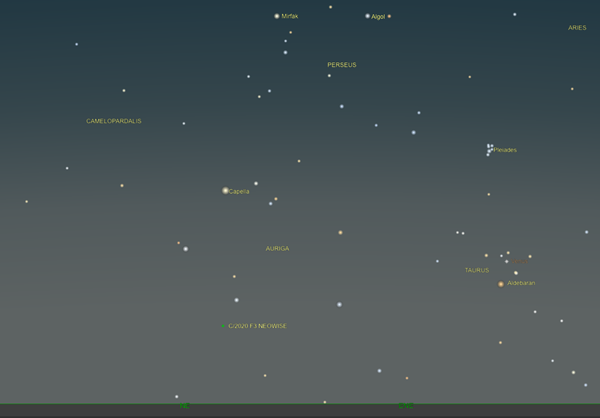
The comet’s show will take an intermission around July 11, as it ducks below the horizon. It should reemerge in the night sky around July 15 or 16, estimates EarthSky.org. And as it gets higher in elevation, it should stand out more and become even easier to see. By then, the comet will have moved away from Auriga and east into Lynx. Within another few days, it will pass through Ursa Major.
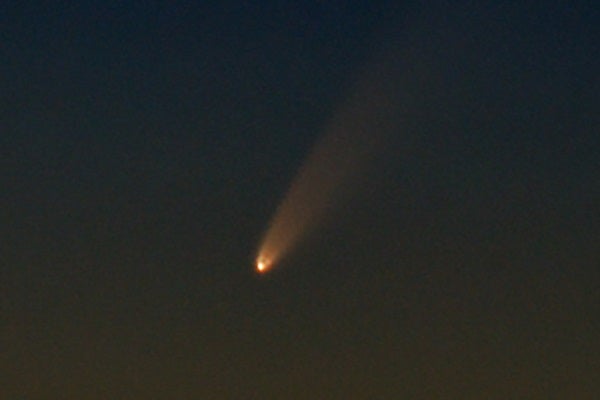
hat’s assuming, of course, that it stays together until then. As with many comets, its icy nucleus could be fragile and prone to breaking apart as it slingshots away the Sun, so you might want to act fast. An image from the morning of July 6, taken by astrophotographer Jamie Cooper, showed a pair of bright spots appearing behind the nucleus. “I hope it’s not breaking up?” he pondered in an email to Astronomy.
Even if it does break up, NEOWISE has already given us a better show than comets ATLAS and SWAN earlier this year, both of which fragmented and fizzled out.
Regardless, you can now catch NEOWISE in the morning sky — so set that alarm and enjoy the view.
Editor’s Note 7/13/2020: An earlier version incorrectly spelled out the NEOWISE acronym as Near Earth Asteroid Wide-field Infrared Survey Explorer.

